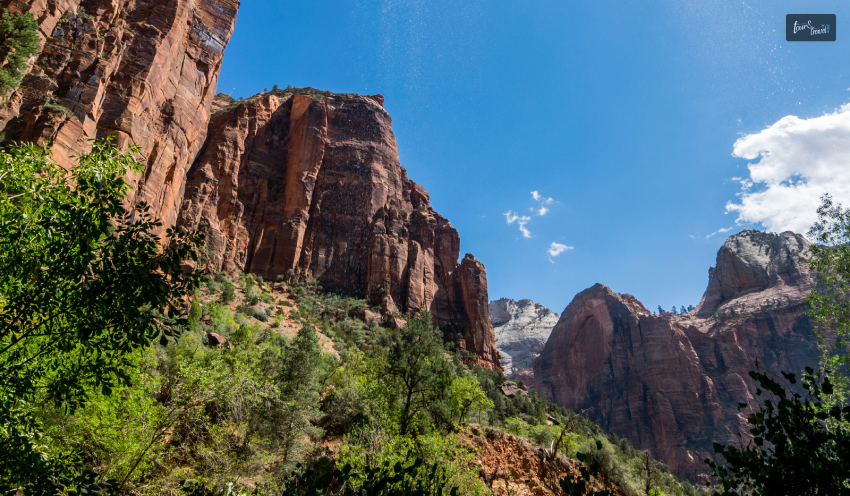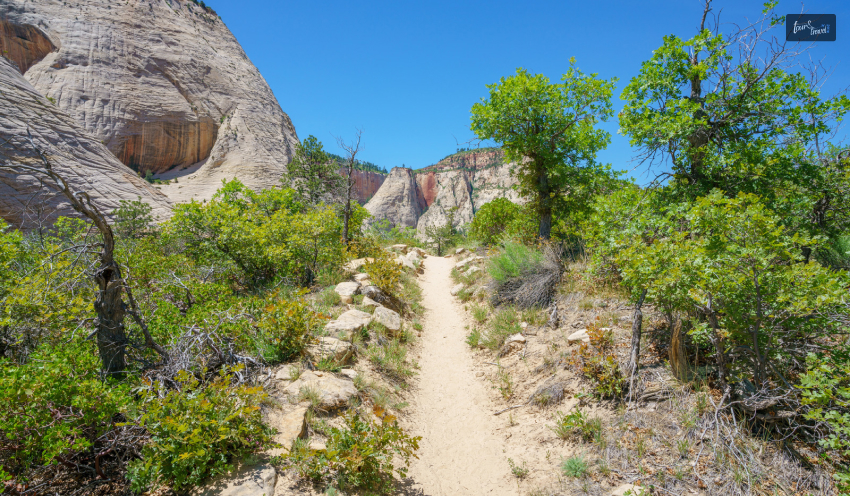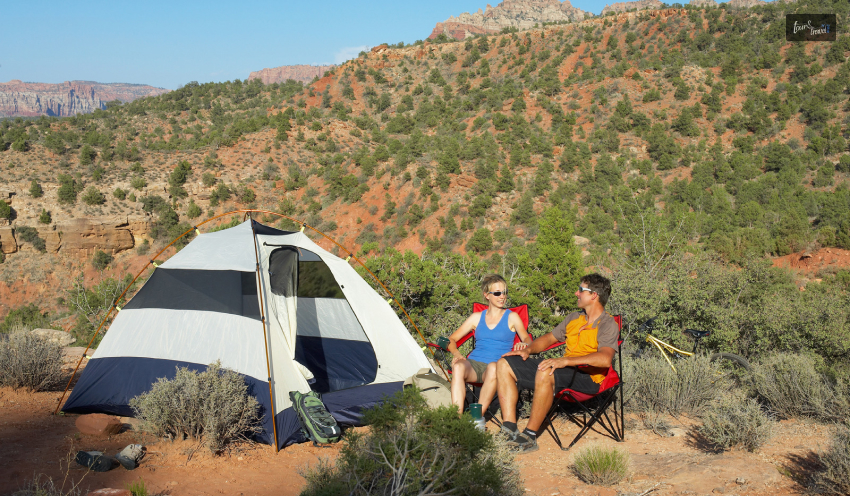Australia’s Best-Kept Secret: Tailored Travel Experiences In The High Country
BY Sibashree Sep 4, 2025
Let’s be real, Victoria’s High Country is one of those spots that feels kind of hidden, like it’s been waiting for someone to stumble in and go “Whoa, how did I not know about this place?” Seriously, tucked up in the northeast, you get these rolling vineyards, pointy mountain tops, and small towns with old brick buildings that seem frozen in some movie scene. There’s room to breathe here—like, actual space where you don’t find thirty strangers photobombing your sunset shot. It’s slow, in the best way. Want to go wine tasting, hike, or just kick back by a crackling fire? Sorted. No crowds, no stress. It’s basically paint-your-own-adventure, but with better cheese. So, if you are looking for some of the best-secret travel experiences in Australia, I have got you covered. In this blog, I am going to bring together all the hidden gems around Australia. Helping you to choose your next vacay spot. So, keep reading to know more! Why Australia Is Popular Among Tourists? Generally, Australia comes with its incredible stretch of natural destinations covering pristine waters, long beaches, coral reefs, and more. So, basically, offering a single vacation spot for all kinds of tourists. Whether you love beaches or mountains, in Australia, you’ll find the best place to enjoy. Moreover, it attracts worldwide tourists for its unique wildlife— koalas, platypuses, kangaroos, capybara, and many more. In addition to this, it has the perfect balance of compelling cityscapes with iconic landmarks like the Sydney Opera House and natural places like the Ayers Rock. Naturally, the famous tourist areas remain crowded throughout the year. Why The High Country Is Australia’s Best-Kept Secret? Magic? Yeah, kind of—if magic means huge open skies, rivers you’re tempted to splash in, vineyards everywhere, and little towns like snapshots from a hundred years ago. You take a walk, and it’s weirdly quiet (the good kind). Unlike beach spots where everyone and their dog shows up, here it’s calmer per minute. Moreover, think summer meadows exploding with wildflowers, autumn leaves that look like pure gold, winter with that snowy hat on the mountains, and spring… well, green everywhere. You get the idea. Honestly, it’s almost like the scenery is trying to show off. Moreover, it doesn’t matter if you’re the cultural sort, a view-chaser, or a fan of silence—this place just adapts to whatever mood you drag in. No two trips end up feeling the same. The Appeal Of Tailored Travel Experiences In Australia’s High Country Here’s the fun part: you don’t have to follow anyone’s checklist. High Country feels custom-built for daydreamers and doers. You could do a private wine tour (some of these tiny wineries? Absolute legends), wander through hills on a route a friendly local mapped out just for you. Moreover, have a chef show up at your rental to cook dinner while you argue about whether altitude affects your appetite. These “tailored” experiences aren’t marketing fluff—they’re real. People actually talk to you, swap stories, offer shortcuts to the best lookout or bakery, stuff that isn’t in guidebooks. Your sunrise—just yours. A roaring fire after dark, maybe with wonky marshmallows. Everything feels a little personal, even the random bits. Best-Secret Travel Experiences In Australia Unlike the common belief, the best secret travel spots in Australia offer a more tranquil and exquisite experience. So, if you want to explore a new place without rushing through the crowds, here are the best travel experiences in Australia to try— 1. Curated Outdoor Adventures Not the outdoorsy type? Eh, don’t worry—you might still find yourself hiking and loving it here. There’s so much: chill river walks, wildflower chasing, the classic “get lost then get found” moments. Moreover, cycle on country roads (watch for surprise sheep), or try horseback riding across wide open spaces where your phone signal dies and your smile doesn’t. In the cold season, get ready for ski slopes, snowboard runs, maybe a snowball fight if you’re feeling childish. Warm months? Kayaks, lazy fishing, lakes that invite you to nap on a picnic blanket. Moreover, you don’t have to go all-out—there’s always someone happy to point you to a gentle trail if, like me, you still haven’t recovered from yesterday’s bike ride. 2. Boutique Stays & Accommodation Gems Here’s where the High Country goes next-level. Also, you’ve got heritage cottages with lumpy but lovable beds, eco-retreats shadowed by gum trees, and boutique lodges that scream “retreat” in a way big hotels literally never do. Every spot has this mad personal touch—maybe cookies baked by your host, or a recommendation for tomorrow’s adventure scribbled on a napkin. Privacy? Tons of it, plus character in bucketloads. Moreover, hosts here treat visitors like friends on holiday, sometimes even inviting you to join a barbecue with neighbours. It’s everything big chains try (and fail) to fake. You don’t just stay—you belong, for a little while. 3. Culinary & Cultural Delights Hungry? Good, because High Country food honestly deserves its own chapter. You’ll be sipping wine at vineyards run by folks who might let slip their secret grape nicknames. Moreover, meals come farm-to-table, straight-up local: think bread still warm, cheese so creamy you’ll wonder if you’ve tasted the real deal before. And the markets—buzzy and brimming with jams, loaves, and pastries. But there’s more than just eating. Moreover, heritage towns, pocket-size galleries with art that makes you squint and nod, and festivals where the party just keeps rolling. You may accidentally join a winemaker’s gossip session, or get pulled into a debate over which honey is “actually best.” It’s a low-pressure, high-reward scene. Your High Country, Your Way No matter how many photos you take from your travel experiences in Australia, you’ll still leave with details stuck in your head. Maybe it’s the view at dusk, the weird bird you saw on the rail trail, or the taste of a random pastry so good you bought three more for the car ride home. Adventures? Up to you. Chilled days just watching the fire? Totally fine. Moreover, this place shapes itself around your vibe, not the other way round. Relaxed, wild, somewhere in-between—the High Country delivers. Go ahead, plan your escape, and make sure to leave at least one day unscheduled for whatever surprise catches you. It’s good like that. Read Also: The Crest Marquee Range In Australia: Premium Design For Professional Events 9 Best Beaches In Australia That Will Make It The Trip Of Your Life! 8 Best Places To Live In Australia For You If You Have A Family




















